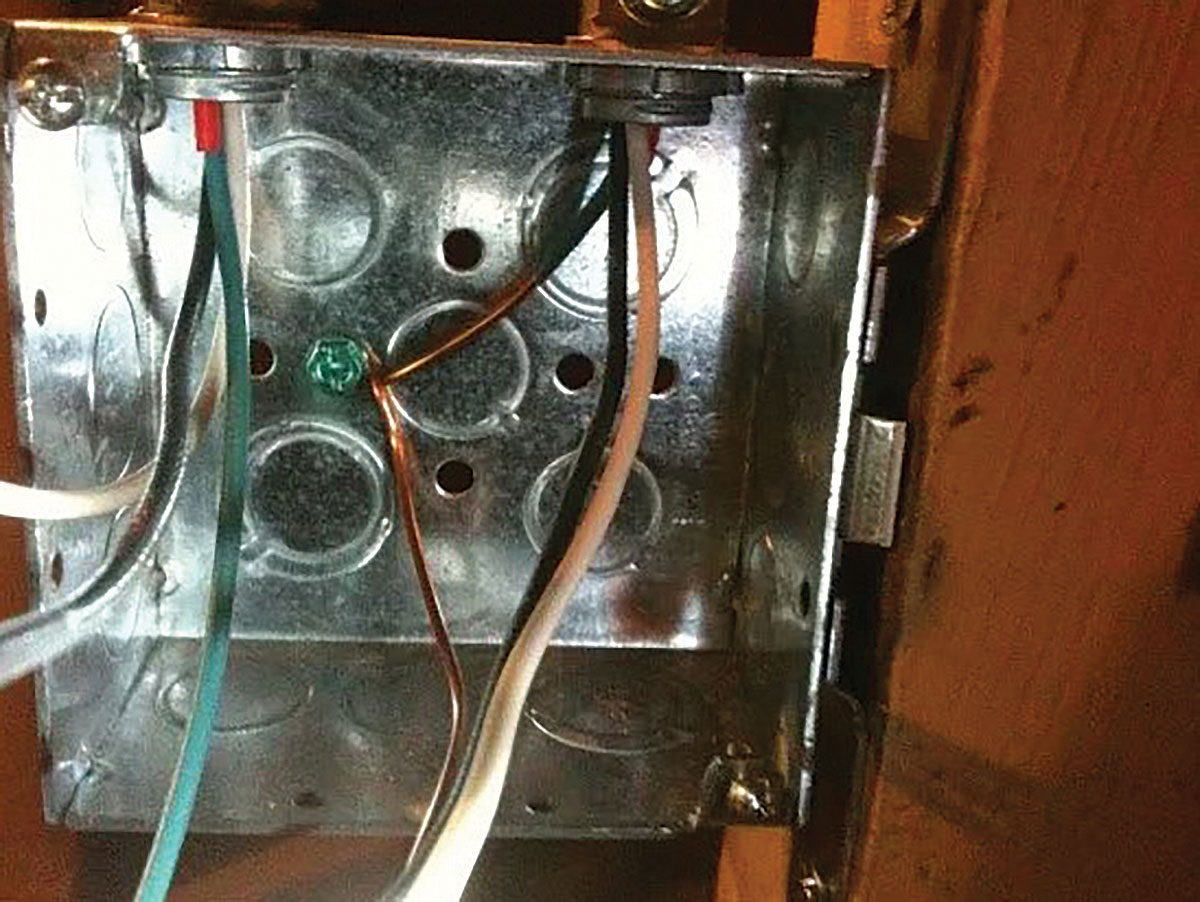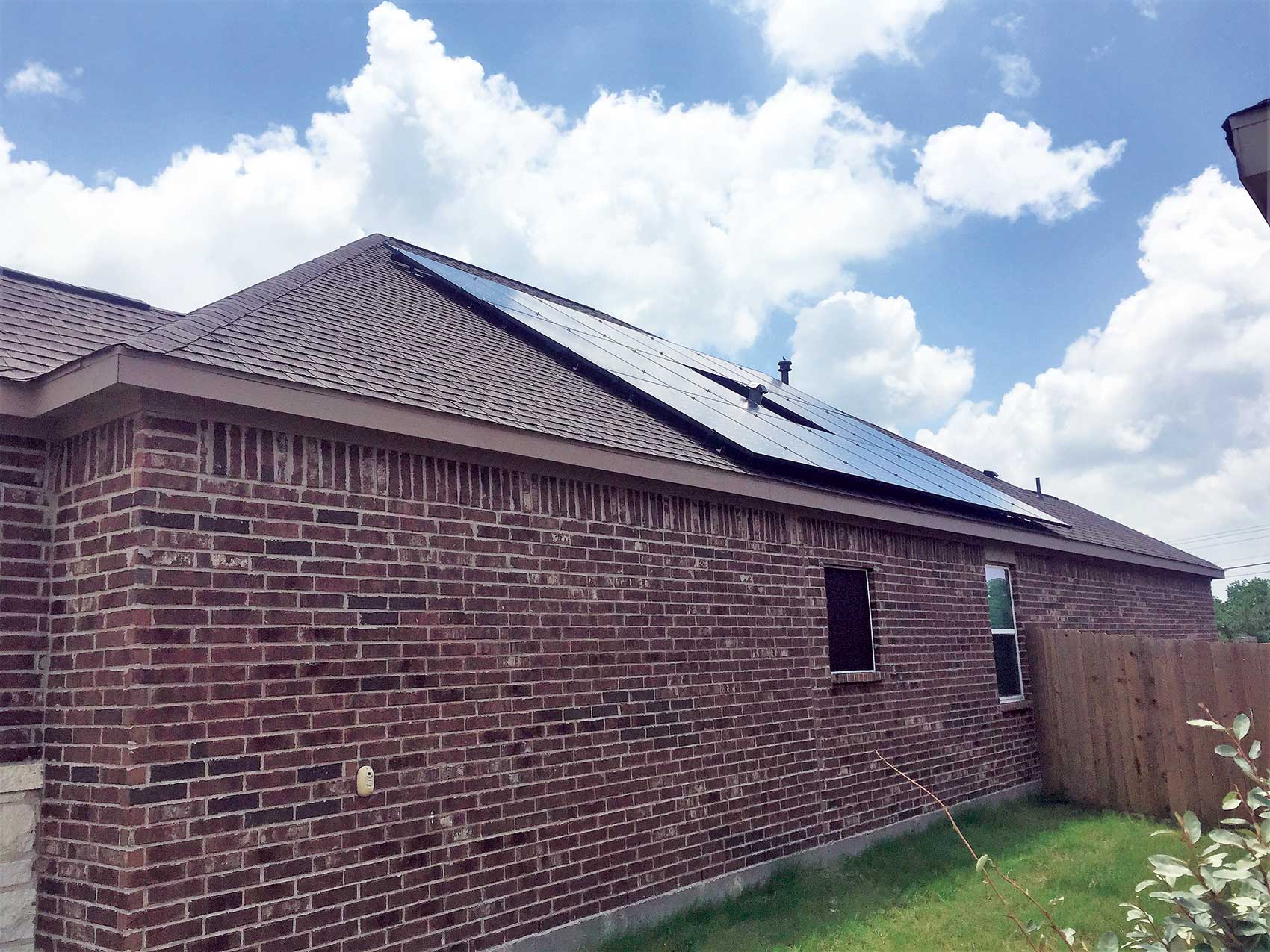Question
The question I have is spread over several sections of the NEC (or so I think). I am inspecting a surgery center that has a 14-in-12 or, possibly, 16-in-12 pitch roof. The engineer wants to place an exhaust fan on this roof. I am finding nothing specifically in the NEC that would preclude the placement of an exhaust fan on this roof. If they build a working platform that meets the code requirements of space about electrical equipment and rent a crane to hoist a service tech to the location as the portable means, is this acceptable? I would like to say that none of this meets the requirements of the NEC (I am not one that likes to use AHJ) but have found nothing specifically that keeps them from doing this. The safety concerns and cost of having a man tethered to a crane just to change or service the motor is beyond my comprehension. It is just one fan motor on this roof. All other motors have been placed in the top floor penthouse. Is there anything in the NEC-2002 that can help me win this argument and prevent this motor from being placed on this roof? — J. C.
Answer
As you have noted, there is nothing in the National Electrical Code to preclude the installation of an exhaust fan on a roof — this is regardless of the roof being flat or pitched. Realistically, installing an exhaust fan on a roof is no different than if it were installed up high in an exterior building wall or down low in an underground vault.
An exhaust fan is electrical equipment. Section 110.26 requires that electrical equipment must have “sufficient access and working space” to “permit ready and safe operation and maintenance.” This section is a general requirement for all electrical equipment. The subsections that follow this section provide more specific requirements for access and working space. The more specific requirements are contingent on conditions that the equipment is “likely to require examination, adjustment, servicing or maintenance while energized.”
Do the general requirements apply to the exhaust fan? Generally, yes! What is considered “sufficient access” and “working space” is a judgment call for the authority having jurisdiction (AHJ). Naturally, a means must be available to reach the equipment and enough space must be available to work on the equipment — this is a general requirement. Sufficient access could be provided by a portable means, such as a ladder, lift or crane; sufficient working space could be provided by means of a platform or other structure. So, as with any electrical equipment, and depending on the intended purpose and function, generally sufficient access and working space must be available.
Do the specific requirements apply to the exhaust fan? Generally, no! For obvious safety reasons an exhaust fan should not be examined, adjusted or serviced while energized. An exhaust fan should always be disconnected from the power source before any type of work is performed. This should always be a standard safety practice. Since this is motor-operated equipment, Section 430.102(B) requires that a disconnecting means must “be located in sight from the motor location and driven machinery location.” It must also clearly indicate if it is in the open or closed position and must be readily accessible. The disconnecting means allows for the exhaust fan to be serviced in an electrically safe manner.
The “cost of having a man tethered to a crane just to change or service the motor” is not an NEC concern. This is something the design professional, installer and building owner should take into consideration. Fortunately, the cost of installing or servicing electrical equipment is not an enforcement issue.
Keep in mind that the purpose of the NEC “is the practical safeguarding of persons and property from hazards arising from the use of electricity. Practical safeguarding is a general statement too. Such statements require that the AHJ use good judgment, reason, logic and common sense in an enforcement practice. An exhaust fan on a roof is perhaps a good example of where such practice comes into play.
Although this may not be the response expected, hopefully it provides some guidance regarding your enforcement decision. — Lanny McMahill, CMP-1













Find Us on Socials